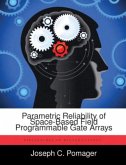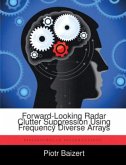This research develops a space-time adaptive processing (STAP) radar model for side-looking (SL) arrays with platform maneuver incorporation, and examines maneuver effects on Matched Filter (MF) performance and sample support homogeneity for linear and planar arrays at various ranges. A primary assumption of most STAP models is the absence of platform maneuver during the coherent processing interval (CPI). This research abandons the platform stationarity assumption, allowing plat- form pitch, roll, and yaw during the CPI. Maneuver rates (set to 800??/sec) are held constant throughout the CPI and each maneuver type is examined individually. All maneuver effects have a negative impact on both MF performance and sam- ple support homogeneity. The introduction of pitch marginally impacts MF Signal- to-Interface-plus-Noise-Ratio (SINR) due to the lack of achieved azimuth resolution in this research, but decreases available homogenous sample support 24% at 11 km and 20% at 66 km. Roll impact on MF performance is observed only in the planar array, with MF SINR dropping 4 dB but sample support homogeneity is unaffected. Yaw effects are the by far the most devastating, dropping output SINR 15 dB at 11 km and 66 km, and decreasing available homogeneous sample support 34% at 11 km and 18% at 66 km.
Hinweis: Dieser Artikel kann nur an eine deutsche Lieferadresse ausgeliefert werden.
Hinweis: Dieser Artikel kann nur an eine deutsche Lieferadresse ausgeliefert werden.








